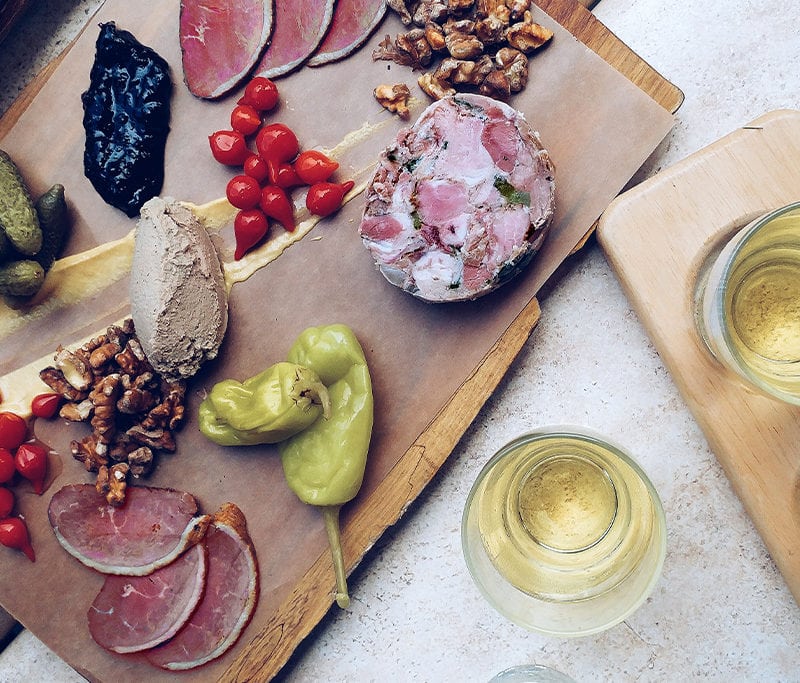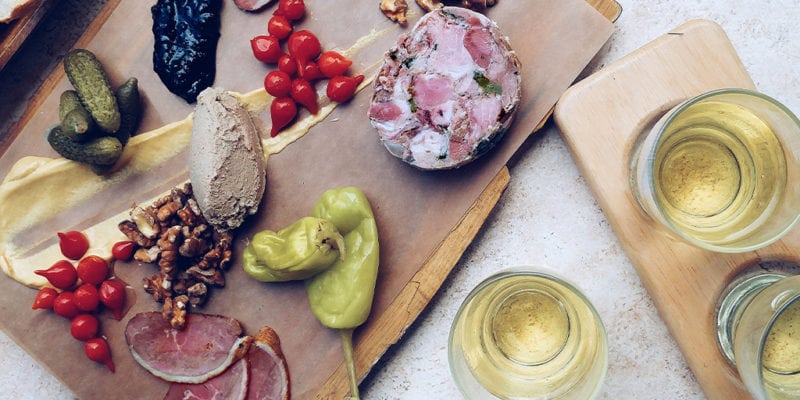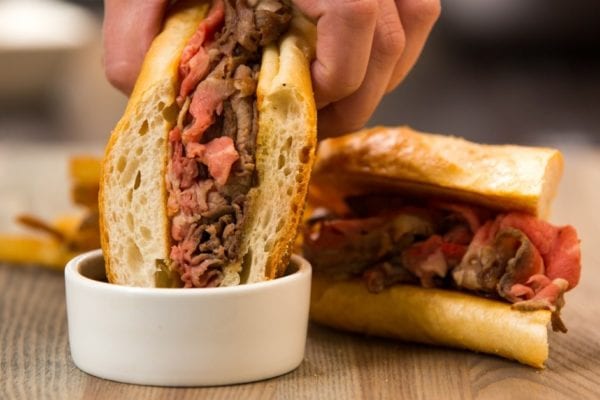Skift Take
Thinking about a region’s “foodways,” or how its food, culture, and history connect, can help destinations tell meaningful, unique stories to travelers.
In an increasingly globalized world, why do we continue to associate tacos with Mexico, risotto with Italy, and wontons with China?
Although we can find these foods in markets and restaurants around the world, many people travel great distances to try these dishes at their source. The history of food and drink is often regional, with dishes innately tied to local history, culture, and the landscape. Tacos, risotto, and wontons are about more than the ingredients that go into them –– they’re a manifestation of regional foodways.
The term “foodways” describes how food, culture, and history connect. Foodways help us better understand how ingredients and dishes relate to the heritage and traditions of a specific area or people. Put simply, foodways are the who, what, where, when, why, and how of food and drink. Understanding foodways allows us to tell meaningful stories about what we eat and drink and why it matters.
For visitors, the stories behind regional dishes are more than just interesting anecdotes. They provide a glimpse into local culture and make eating experiences more meaningful.
A sandwich becomes a lot more interesting to a traveler when he or she finds out that the bread flour came from a 100-year old mill down the street. And a bowl of vindaloo curry in Goa becomes way more satisfying when it’s made during an impromptu cooking class by a traveler at his or her homestay.
Foodways are dynamic. They change in relation to social, economic, and environmental conditions. Italy’s relationship with the tomato is a great example of how foodways build a region’s story. Although originally from South America, tomatoes today are associated with Italian cuisine through dishes like caprese salad and pasta bolognese. When Europeans were first introduced to the tomato, it was considered poisonous, so many people refused to eat them. Over time the tomato became a staple for Italian cooks –– and through multiple waves of emigration, Italy’s tomato-based recipes traveled across the world and were adapted many times over.
It’s also important to consider the evolution of recipes when exploring a region’s foodways. Think of an Indian restaurant in Washington. Perhaps they offer a local blueberry lassi alongside the traditional mango variety. It’s a cultural fusion that reflects the influence of local ingredients on traditional recipes.
Although local food and drink can play a key role in defining the foodways of an area, local sourcing is not essential to food tourism development. Instead, showcasing personal or regional foodways is what’s important.
For travelers with an interest in foodways, food is more than sustenance. It’s a way of understanding a place. Showcasing foodways through storytelling is important for communicating tastes of place to visitors. When a menu explains a restaurant’s family connection to the dishes they offer, it illustrates personal food journeys and makes the visitor experience more meaningful.
Helping communities identify and leverage their foodways is central to our approach at Grow Food Tourism. Foodways can often be so ingrained in everyday life that many people find it difficult to notice the unique food and drink offerings in their community. Berry picking, community suppers, farmers’ markets, and shore lunches all offer the interactive experiences that today’s travelers seek.
Even in our globalized world, there are unique food and drink experiences that can only be enjoyed in specific places. By unearthing your destination’s foodways, you can identify tastes of place that will position it as somewhere with distinct and memorable food tourism experiences.
For more information about how you can use foodways to grow food tourism in your destination, visit growfoodtourism.com.
This content is created in partnership between SkiftX and Culinary Tourism Alliance. If you’d like to see more content like this please subscribe to our Skift Table Newsletter.







